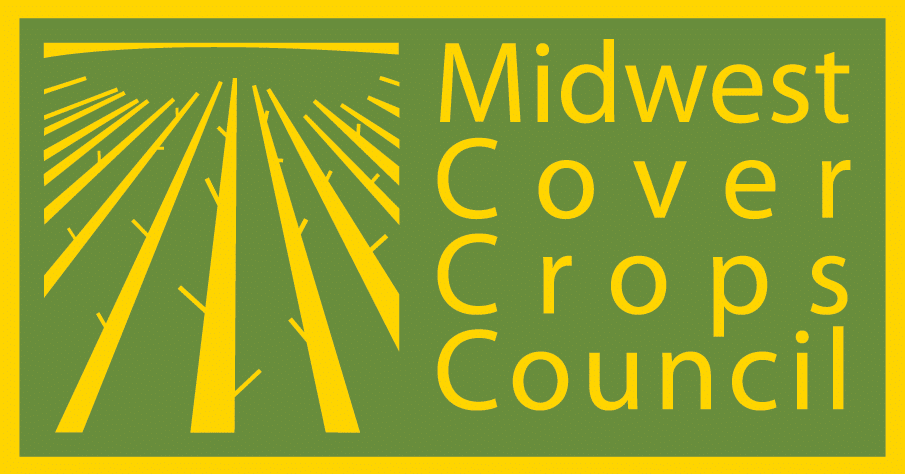Iowa Learning Farms
In partnership with twelve farmers across the state, Iowa Learning Farms and the Iowa Cover Crop Working Group are conducting the longest running on-farm cover crop research and demonstration project in the state of Iowa. Established in 2008 and 2009, these on-farm sites include randomized, replicated strips with and without cereal rye cover crops, all managed within corn/soybean cropping systems. Data collected included above-ground cover crop biomass near the time of spring termination, crop yield, soil health measurements, and earthworm midden counts. Key project findings to date:
- Farmers reported that in 55 of 59 site-years, a properly managed cereal rye cover crop had little-to-no negative effect on corn and soybean yield. Soybean yield actually increased in 7 site-years and corn yield increased in 2 site-years.
- After five years of a cereal rye cover crop, we found no measurable differences in soil health variables between the strips with and without the cereal rye cover crop at individual locations.
- However, earthworms can serve as early indicator of soil health. Looking at the common nightcrawler (Lumbricus terrestris), our 2016 midden count data indicate a statistically significant difference of 38% more earthworms with a cereal rye cover crop.
Rye Cover Crop Project Webpage
Earthworm Midden Project – Blog Post and November 2016 Webinar Link
Additional Cover Crop Resources from Iowa Learning Farms
Presented at the 2017 Soil Health Conference in Ames, IA.
Full poster: Exploring Soil Health and Agronomic Impacts of Cover Crops: On Farm Results
